[vc_row][vc_column][vc_column_text]In October 2019 our Vice President International Asia – Spike Millington introduced 2020 as the “Year of the Cranes” at the International Workshop on Crane Conservation in East Asia convened in Beijing, China. Read more about the workshop. The campaign aims to leverage public, political, and financial support for crane and wetland conservation.
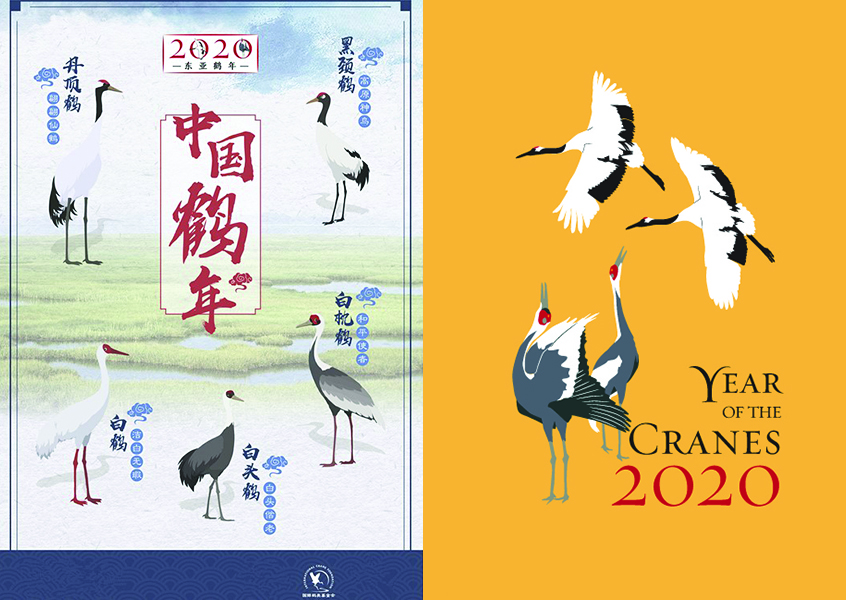
The East Asia Flyway is home to nine species of cranes. Do you know them all? Our China Program has produced posters to introduce these nine cranes:[/vc_column_text][vc_column_text]Siberian Crane (Critically Endangered)
White and flawless: The population is about 4,000, 98% of which winter in Poyang Lake in China, and breed in the Russian Arctic. The adult Siberian Crane has a white body, with black primary flight feathers, which can only be seen when the bird spreads its wings. Therefore, the Siberian Crane is also called “White Crane.”
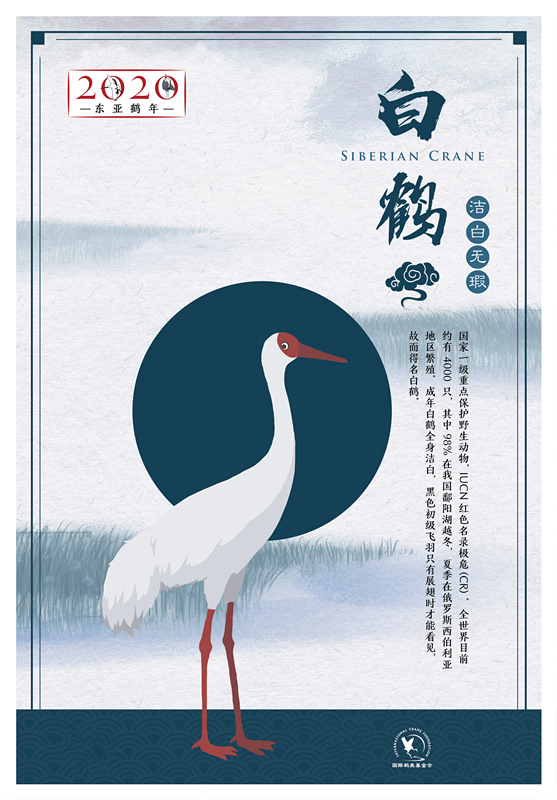
Red-crowned Crane (Endangered)
Fairy Crane: The global population is about 2,800 to 3,300. The adult Red-crowned Crane is tall and elegant with red skin on top of the head. It is the “Fairy Crane” in Chinese legend.
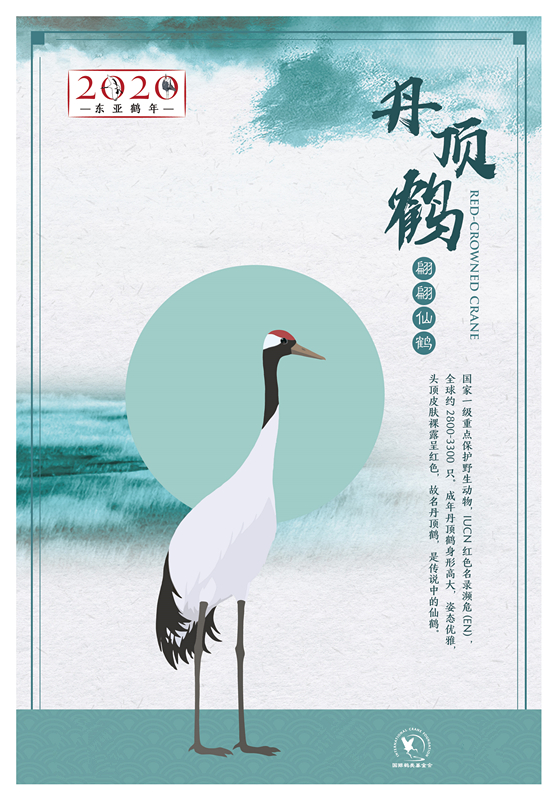
Black-necked Crane (Vulnerable)
Plateau God Bird: The Black-necked Crane is the only crane in the world that breeds and winters on the Tibetan plateau. It is the last crane species to be discovered and described by ornithologists. It has a population of 10,000 to 10,200. In ancient stories, Tibetan kings send Black-necked Cranes to deliver letters. Therefore, Black-necked Crane is loved by people for its hard work.
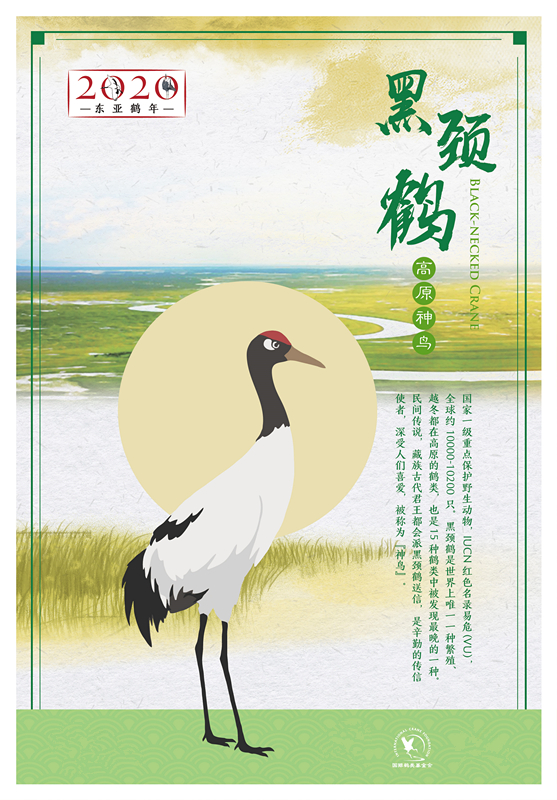
Hooded Crane (Vulnerable)
Life Together: Hooded Cranes have a white head and neck with a grey-brown body, so it looks like a nun wearing a white headscarf. For this reason, it is named “Nun Crane.” The population is about 14,500 to 16,000. Once a Hooded Crane has a mate their relationship is very stable, which is why it also is called “Life Together.”
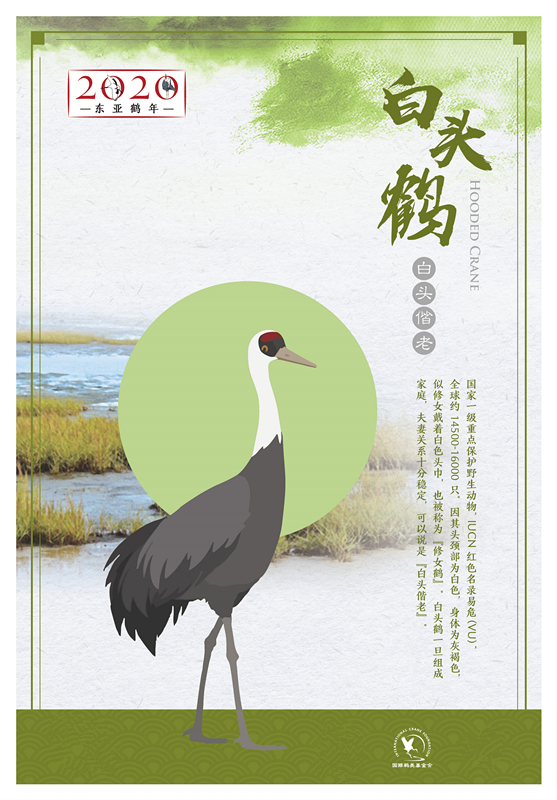
White-naped Crane (Vulnerable)
Envoy of Peace: The adult White-naped Crane is blue and gray with bare cheeks and red skin, so it is also known as the Red-faced Crane. The population is about 7,000 to 7,800. It is a symbol of peace for the people of the Korean peninsula.
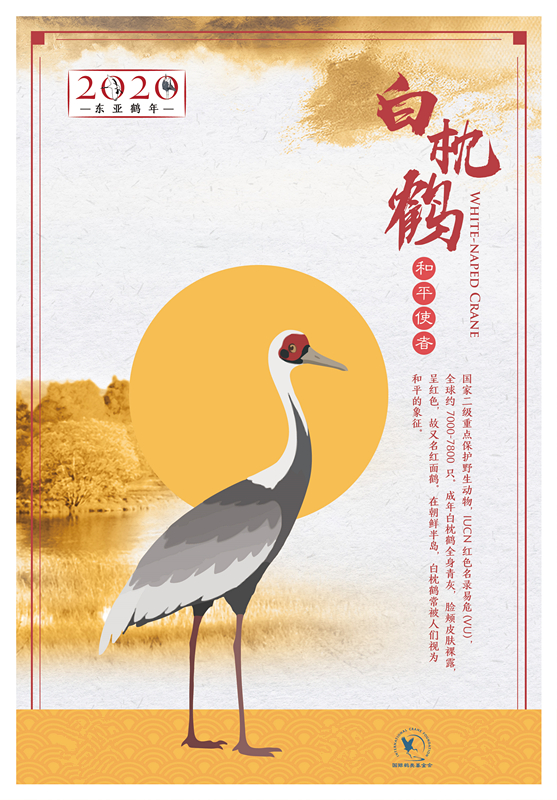
Sarus Crane (Vulnerable)
Elegant and Slender: The Sarus Crane has a red head and neck. As a resident bird, Sarus Cranes only make short-distance migrations when the habitat becomes extremely dry. The population is about 15,000-20,000. The Sarus Crane is the tallest flying bird in the world!
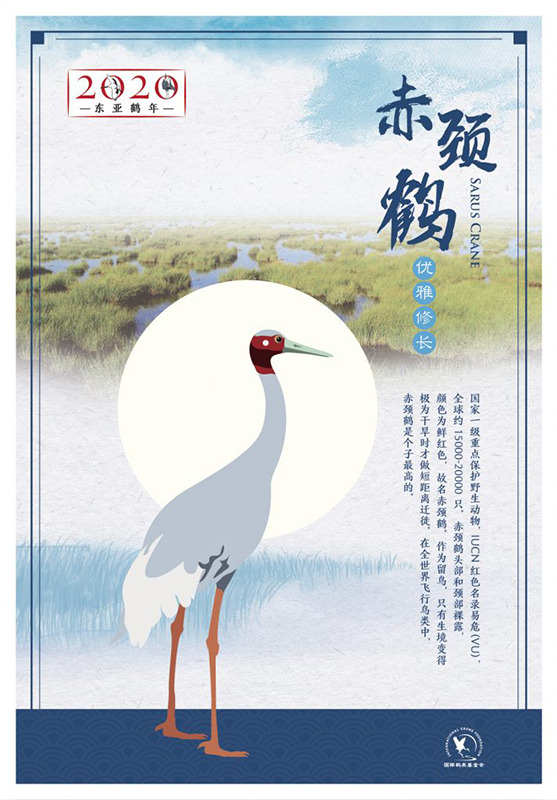
Eurasian Crane (Least Concern)
Star-studded: Eurasian Cranes have a population of more than 70,000 individuals and occur in more than 80 countries. As a result, Eurasian Cranes are also named Common Cranes.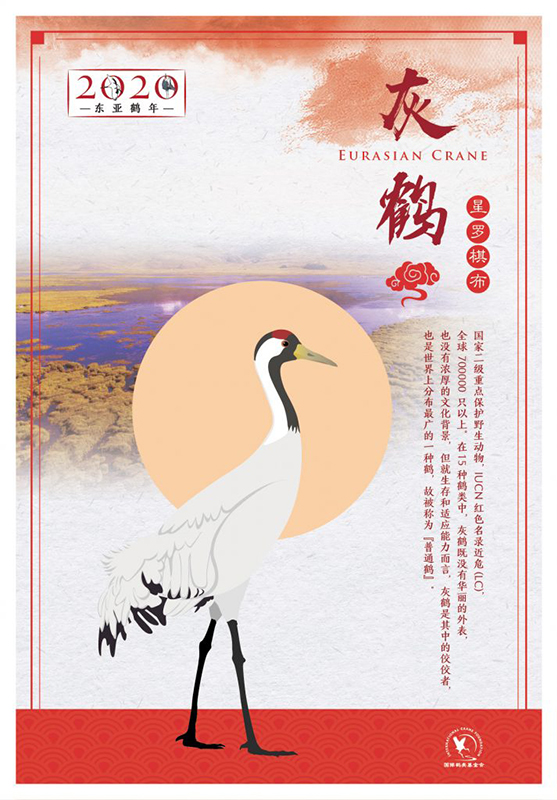
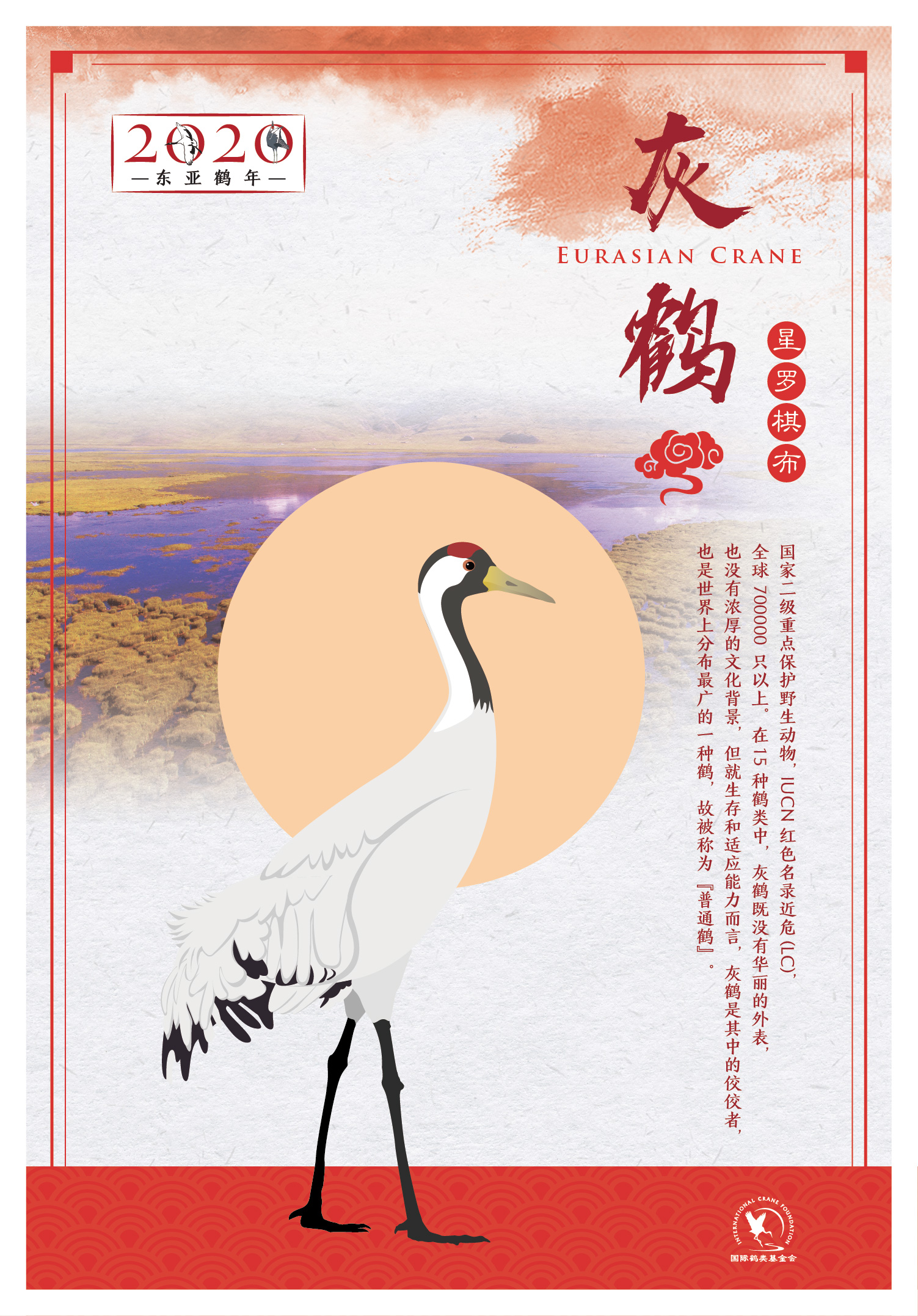 Demoiselle Crane (Least Concern)
Demoiselle Crane (Least Concern)
Pretty and Charming: Demoiselle Cranes are the smallest of the 15 cranes, which is also known as “Boudoir Crane.” It has long, black ornamental feathers on the chest. The top of the head is crested, which is different from other cranes. The population is 170,000 to 220,000.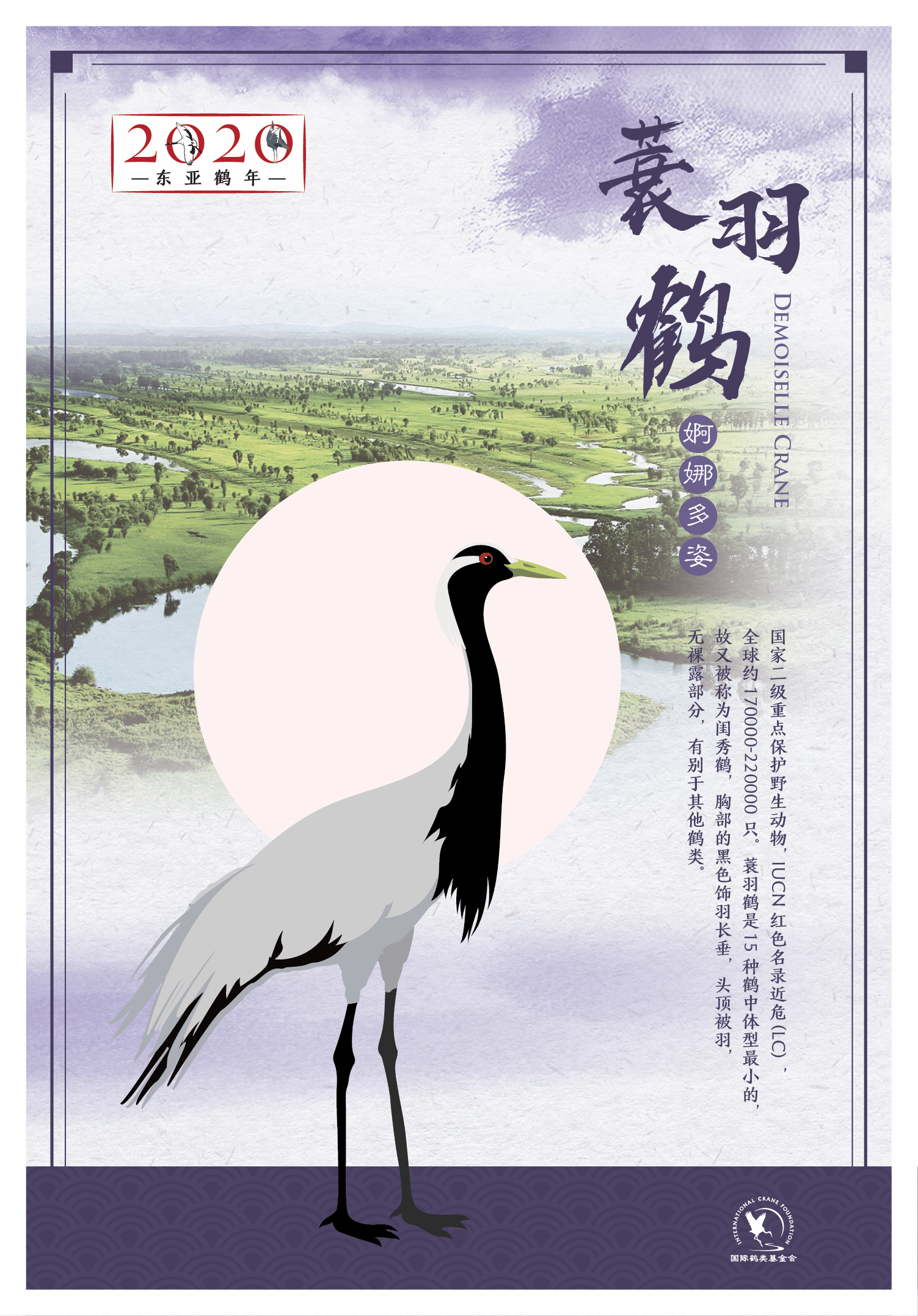
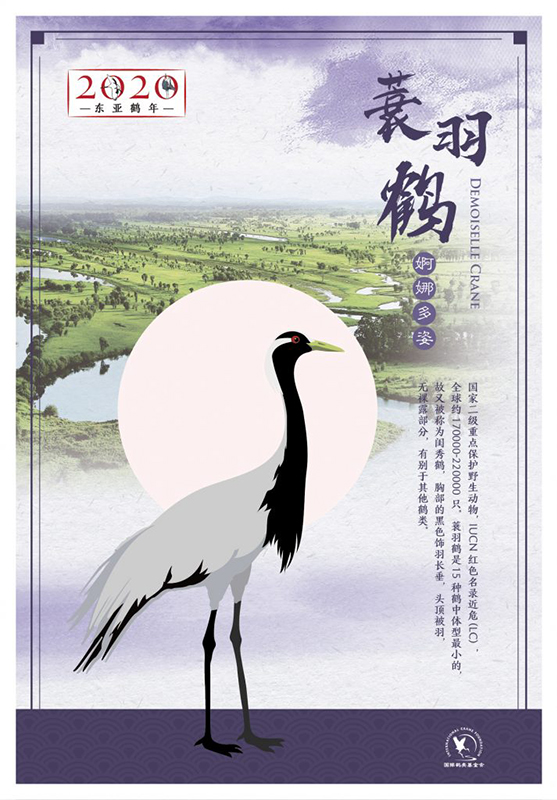
Sandhill Crane (Least Concern)
Oldest Bird: Except for the red front of the head, the Sandhill Crane is covered by grey and brown feathers, so it is known as the “Brown Crane.” The population is 827,000. A crane fossil found in Nebraska from the Pliocene period (5.3-2.6 million years ago) appears structurally identical to the modern Sandhill Crane, making it one of the oldest known bird species!
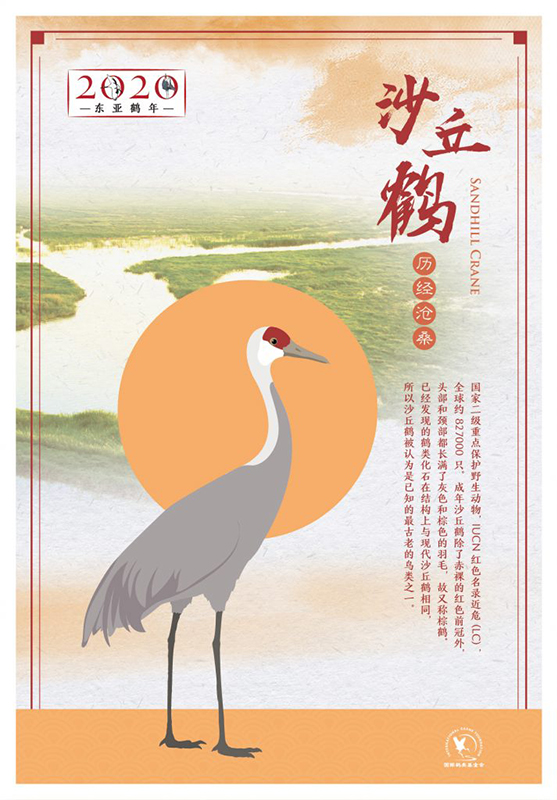
This story is reprinted with permission from the East Asian Australasian Flyway Partnership.[/vc_column_text][/vc_column][/vc_row]
